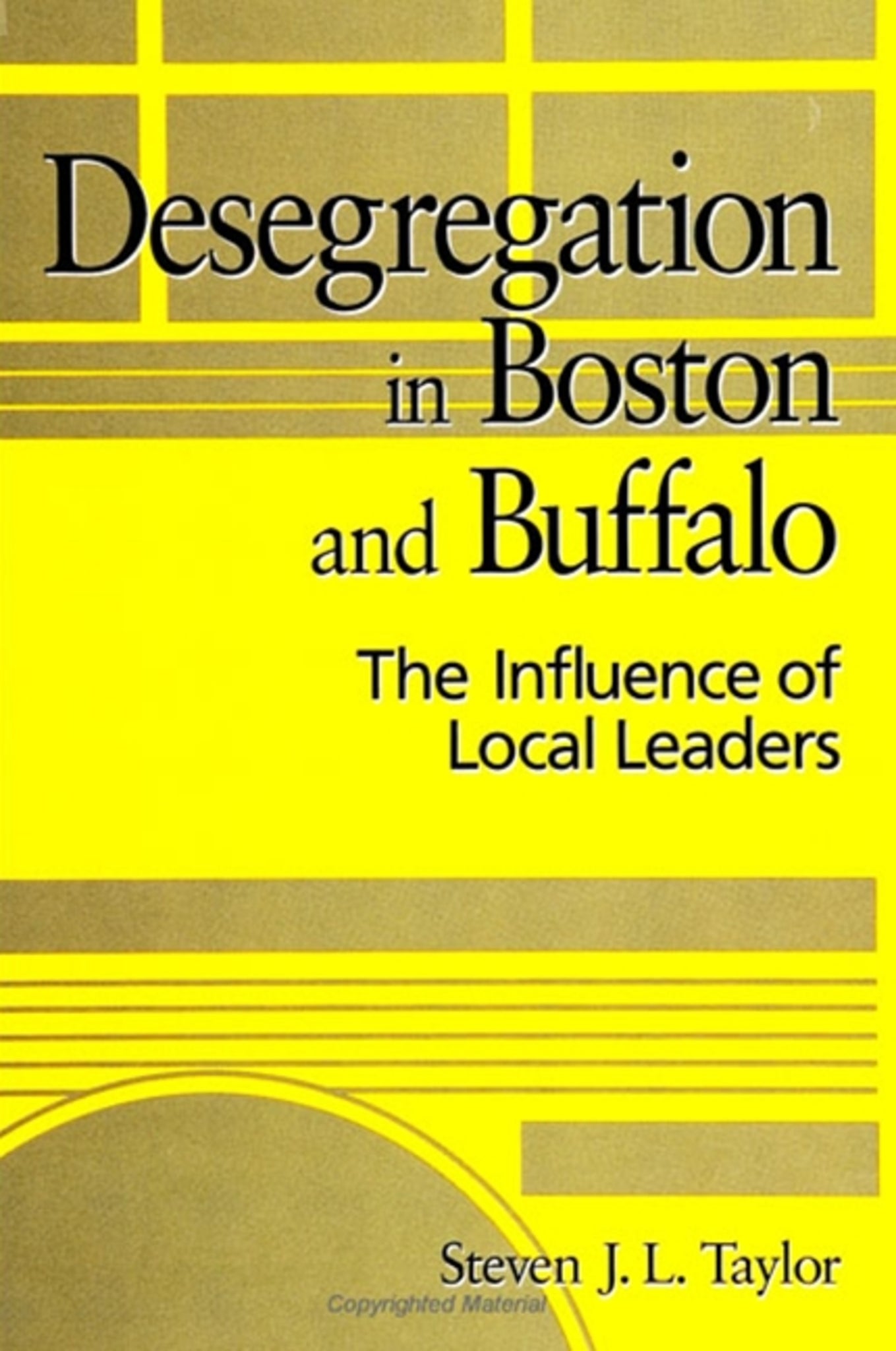We're sorry. An error has occurred
Please cancel or retry.
Desegregation in Boston and Buffalo

Some error occured while loading the Quick View. Please close the Quick View and try reloading the page.
Couldn't load pickup availability
- Format:
-
11 September 1998

Examines how citizens and the political leadership of two cities dealt with controversial court orders to end the segregation of public schools.
Desegregation in Boston and Buffalo examines how the citizens and the political leadership of the two cities dealt with controversial court orders to end the segregation of public schools. Although the cities shared many similarities, they witnessed very dissimilar outcomes. Taylor covers key factors such as inter-ethnic relations and the struggle of various ethnic groups for political empowerment, and focuses on the political development of African American communities in urban environments and the role of Black elected leadership in helping to diffuse potentially volatile situations.


"An outstanding book! I know a great deal about Boston school desegregation since I served as a court-appointed master. Factually, the author has given an excellent report. The use of both quantitative and qualitative research methods enhance the readability of the book. The historical summaries of racial politics in Buffalo and Boston are the best that I have seen." — Charles V. Willie, Harvard University
List of Tables
List of Figure
Acknowledgments
1. Introduction
2. Inter-ethnic Struggles in Boston and Buffalo
3. The Politics of School Segregation
4. The Responses of the Local Community Leadership
5. Community Reactions to the Implementation of Busing
6. Informants' Explanations of the Community Reaction
7. Conclusion
Note
Bibliography
Index



